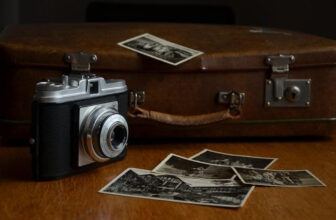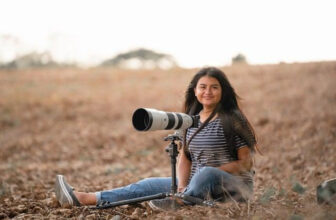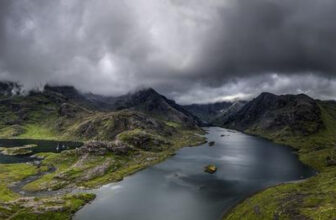Mastering the Art of Still Photography: Essential Tips for Capturing Perfect Shots
GoogleAds
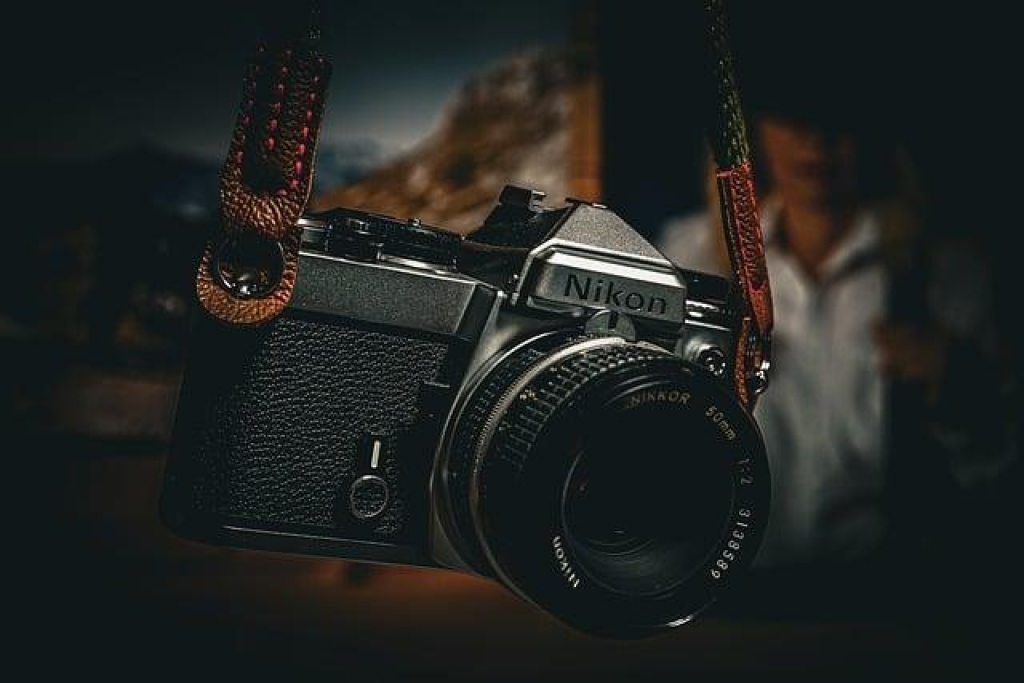
Photography has become an indispensable tool for capturing moments and memories in our visually-driven world. In the realm of still photography, mastering the art of capturing the perfect shot requires a combination of technical skill, creative vision, and a keen eye for detail. In this article, we will explore essential tips and techniques to help you elevate your still photography game and consistently produce stunning images that leave a lasting impression. Join us as we delve into the world of still photography and uncover the secrets to capturing those picture-perfect moments.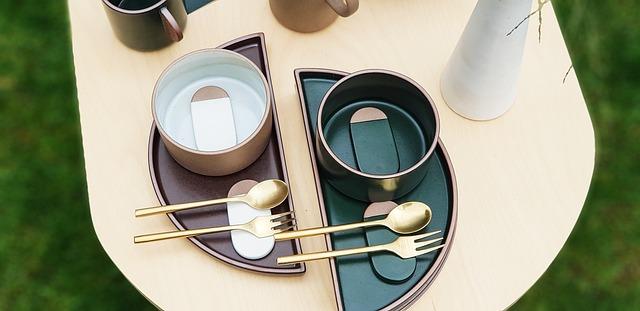
Setting the Right Scene: Understanding Lighting and Composition
When it comes to capturing the perfect shot in still photography, setting the right scene is crucial. Understanding the principles of lighting and composition can make all the difference in the outcome of your photos. By mastering these essential elements, you can elevate your photography skills to the next level.
Lighting plays a key role in photography, as it can dramatically affect the mood and atmosphere of your images. Whether you’re shooting indoors or outdoors, natural light is always the best option. However, if natural light is not available or sufficient, artificial lighting sources such as studio lights or flash can be used. Experiment with different lighting angles and intensities to see how they impact your subject.
Composition is another vital aspect of still photography that can make or break a shot. The rule of thirds is a classic composition technique that involves dividing your frame into a grid of nine equal sections with two horizontal and two vertical lines. By placing your subject along these lines or at their intersections, you can create a more visually appealing and balanced composition.
Leading lines are another powerful composition tool that can guide the viewer’s eye through the image. Whether it’s a road, a fence, or a row of trees, incorporating leading lines into your composition can add depth and interest to your photos. Experiment with different angles and perspectives to see how leading lines can enhance your images.
In conclusion, mastering the art of still photography requires a solid understanding of lighting and composition. By carefully considering these essential elements and experimenting with different techniques, you can capture perfect shots that stand out and impress viewers. So, next time you pick up your camera, remember to set the right scene and watch your photography skills soar to new heights.

iso“>Mastering Your Camera Settings: Aperture, Shutter Speed, and ISO
When it comes to capturing stunning still photography, mastering your camera settings is essential. Understanding how to adjust aperture, shutter speed, and ISO can make all the difference in achieving perfect shots.
Aperture: The aperture setting controls the amount of light that enters the camera lens. A wider aperture (lower f-stop number) allows more light to enter, resulting in a shallow depth of field and blurred background. On the other hand, a smaller aperture (higher f-stop number) lets in less light and produces a sharper image with more depth of field.
Shutter Speed: Shutter speed determines how quickly the camera’s shutter opens and closes. A fast shutter speed is ideal for capturing fast-moving subjects without motion blur, while a slow shutter speed can create a sense of motion or blur in your photos.
ISO: ISO measures the camera sensor’s sensitivity to light. A lower ISO is best for well-lit environments to reduce noise and produce crisp images. In low-light situations, increasing the ISO can help brighten the image, but be cautious as higher ISO settings can introduce graininess.
| Aperture | Shutter Speed | ISO |
|---|---|---|
| Control amount of light | Determines motion blur | Camera sensor sensitivity |
| Wider aperture = shallow depth of field | Fast shutter speed = freeze action | Lower ISO = less noise |
| Smaller aperture = sharper image | Slow shutter speed = motion blur | Higher ISO = brighter image |
By mastering these three key camera settings, you can take your still photography to the next level. Experiment with different combinations to see how they affect your shots and practice regularly to hone your skills. With practice and patience, you’ll be capturing perfect shots in no time.
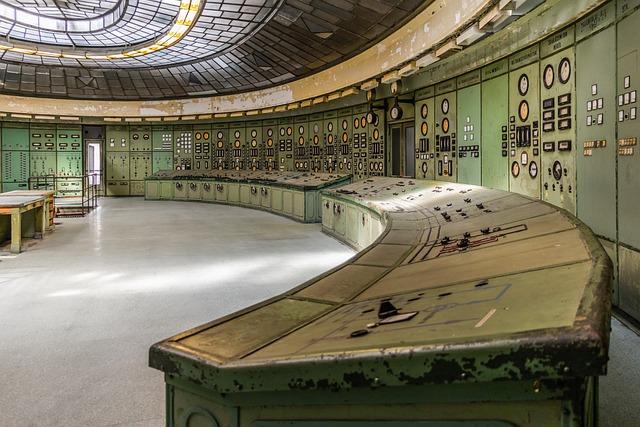
The Power of Patience: Waiting for the Perfect Moment to Capture
When it comes to still photography, one of the most essential skills that every photographer must master is the art of patience. Waiting for the perfect moment to capture a shot can make all the difference between a good photograph and a great one. Patience is key in allowing you to observe and anticipate the right moment when all elements align perfectly to create a breathtaking image.
One of the first essential tips for mastering the power of patience in still photography is to be prepared. Make sure your camera settings are adjusted, your composition is set up, and you are in the right position to capture the shot. Being prepared allows you to focus solely on waiting for the perfect moment without any distractions or last-minute adjustments.
Another tip is to stay focused and attentive to your surroundings. Keep a watchful eye on the scene unfolding in front of you, paying attention to any subtle changes in lighting, movement, or composition. By staying focused and observant, you can anticipate the ideal moment to press the shutter button and capture the perfect shot.
Practice makes perfect when it comes to mastering the art of patience in still photography. The more you practice waiting for the perfect moment to capture a shot, the better you will become at recognizing those moments and seizing them with precision. Take the time to hone your observation skills and learn to trust your instincts when it comes to capturing the perfect shot.
In conclusion, mastering the power of patience in still photography is essential for capturing perfect shots. By being prepared, staying focused, and practicing patience, you can elevate your photography skills to new heights. Remember, the perfect moment is worth waiting for, so don’t rush and trust in your ability to capture that breathtaking image.

Finding Your Unique Perspective: Experimenting with Angles and Framing
When it comes to mastering the art of still photography, one of the key elements to consider is finding your unique perspective. Experimenting with angles and framing can take your shots from ordinary to extraordinary, allowing you to capture moments in ways that stand out from the crowd.
One essential tip for achieving this is to **get low or high** when taking your photos. By changing your perspective and shooting from different angles, you can add depth and interest to your images. Try getting down on the ground for a low-angle shot or climbing up to a higher vantage point for a bird’s eye view.
Another technique to consider is **playing with framing**. Instead of always centering your subject in the middle of the frame, consider off-center compositions or framing your subject within a natural frame, such as a doorframe or window. This can create a more dynamic and visually appealing composition.
**Leading lines** are another powerful tool to guide the viewer’s eye through your photograph. Look for natural lines in your environment, such as roads, fences, or tree branches, and use them to lead the viewer’s gaze towards your main subject. This can add a sense of movement and flow to your images.
Lastly, don’t be afraid to **experiment with unconventional angles**. Tilt your camera slightly or shoot from unexpected perspectives to create a unique and engaging composition. Remember, photography is an art form, and there are no hard and fast rules – so feel free to let your creativity shine through in your work.

Editing Like a Pro: Enhancing Your Photos with Post-Processing Techniques
When it comes to still photography, editing plays a crucial role in enhancing the final outcome of your photos. By mastering post-processing techniques, you can take your photos to the next level and truly make them stand out. Whether you’re a beginner or an experienced photographer, learning how to edit like a pro can make a world of difference in the quality of your images.
One essential tip for capturing perfect shots is to pay attention to your composition. Remember the rule of thirds and try to incorporate it into your framing. Additionally, consider the angle from which you’re shooting – sometimes a slight change in perspective can make a huge difference in the overall look of your photo. Experiment with different compositions until you find one that truly speaks to you.
Another important aspect of still photography is lighting. Paying attention to the lighting conditions when you’re shooting can make a world of difference in the quality of your photos. Whether you’re shooting indoors or outdoors, make sure to take advantage of natural light whenever possible. If you’re shooting in low light conditions, consider using a tripod to avoid camera shake and ensure sharpness.
When it comes to post-processing, don’t be afraid to experiment with different editing techniques. Whether you prefer Adobe Photoshop, Lightroom, or another editing software, take the time to learn the ins and outs of the program and try out different effects and filters. Remember, editing is a creative process, so don’t be afraid to push the boundaries and try new things to see what works best for your photos.
Overall, mastering the art of still photography is a journey that requires time, practice, and dedication. By paying attention to composition, lighting, and post-processing techniques, you can enhance your photos and take them to the next level. Remember to stay true to your vision and style as a photographer, and don’t be afraid to let your creativity shine through in your work.
Investing in Quality Gear: Choosing the Right Lenses and Accessories
When it comes to mastering the art of still photography, one of the most important aspects to consider is investing in quality gear. Choosing the right lenses and accessories can make a significant difference in the quality of your shots. From capturing landscapes to close-up portraits, having the proper equipment can elevate your photography game to the next level.
One essential tip for capturing perfect shots is to invest in a versatile lens that suits your photography style. Whether you prefer wide-angle shots or close-up details, having a variety of lenses in your kit can help you capture a wide range of subjects with precision. Prime lenses are great for achieving sharpness and clarity, while zoom lenses offer flexibility in composition.
Another important consideration when selecting lenses is the aperture range. A wider aperture, such as f/1.8, allows more light to enter the lens, making it ideal for low-light conditions and creating a blurred background effect known as bokeh. On the other hand, a smaller aperture, such as f/8, is perfect for capturing sharp details in landscape photography.
Aside from lenses, investing in quality camera accessories can also enhance your photography experience. Tripods are essential for keeping your camera steady during long exposures or when shooting in low light. Filters, such as polarizers or ND filters, can help reduce glare and balance exposure in bright conditions.
In conclusion, mastering the art of still photography requires careful consideration of the gear you use. By choosing the right lenses and accessories, you can elevate your photography skills and capture perfect shots every time. Remember to experiment with different equipment and techniques to find what works best for your unique style.
Q&A
Q: What are some essential tips for mastering the art of still photography?
A: Some key tips for capturing perfect shots include understanding composition, utilizing natural light, experimenting with angles, and paying attention to details.
Q: How important is composition in still photography?
A: Composition plays a vital role in still photography as it determines how the viewer will perceive the image. Proper composition can make a photo more visually appealing and engaging.
Q: What are some techniques for utilizing natural light in still photography?
A: Techniques for utilizing natural light include shooting during the golden hours (early morning or late afternoon), using reflectors to bounce light onto the subject, and finding interesting shadows to create depth in the image.
Q: How can photographers experiment with angles to capture unique shots?
A: Photographers can experiment with different angles by getting low to the ground, shooting from above, or trying out a different perspective to create visually interesting and dynamic photographs.
Q: Why is paying attention to details important in still photography?
A: Paying attention to details can make a huge difference in the quality of a photograph. Details such as sharpness, focus, and depth of field can enhance the overall impact of an image and make it stand out.
Q: How can photographers continue to improve their skills in still photography?
A: Photographers can continue to improve their skills by practicing regularly, studying the work of other photographers, taking workshops or courses, and seeking feedback from peers or mentors.
In Conclusion
In conclusion, mastering the art of still photography requires patience, practice, and a keen eye for detail. By following these essential tips, you can improve your skills and capture perfect shots that truly stand out. Remember to experiment with different techniques, settings, and compositions to push your creativity and develop your own unique style. With dedication and perseverance, you can continue to refine your craft and create stunning photographs that speak volumes without uttering a single word. So grab your camera, step outside, and start capturing the world through your lens. The possibilities are endless.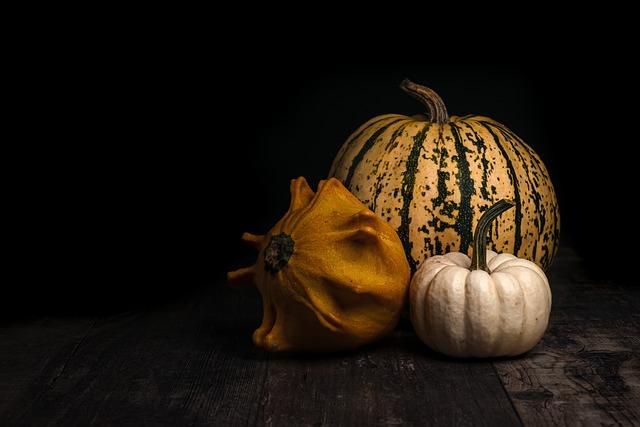
GoogleAds



